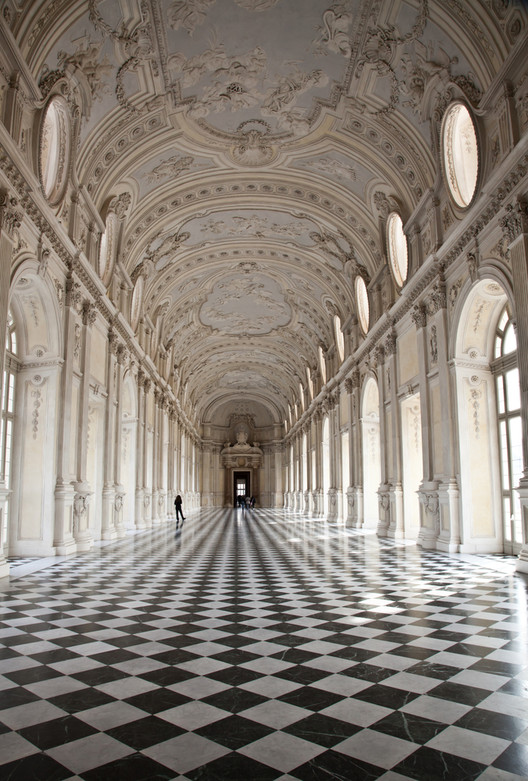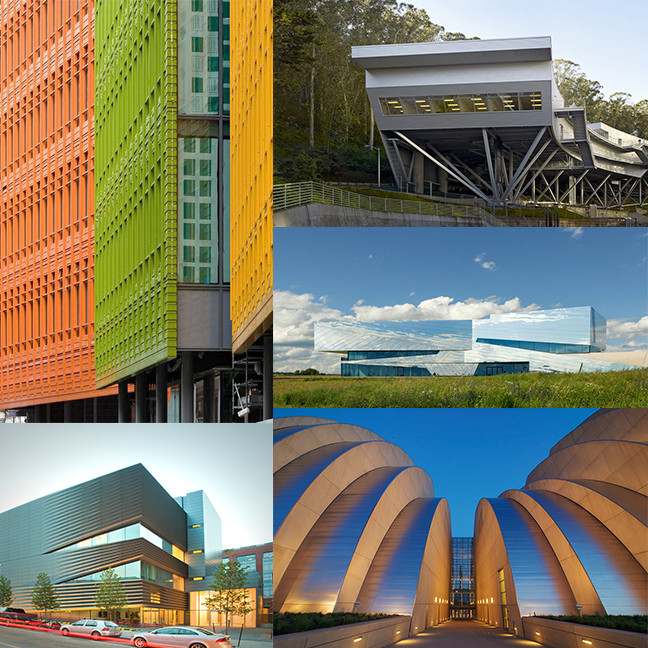
As you may have seen, ArchDaily has been publishing UNIFIED ARCHITECTURAL THEORY, by the urbanist and controversial theorist Nikos A. Salingaros, in serial form. However, in order to explain certain concepts in greater detail, we have decided to pause this serialization and publish three excerpts from another of Salingaros’ books: A THEORY OF ARCHITECTURE. The following excerpt, the first, explains the terms “Pattern Language” (as well as“antipatterns") and “Form Language.”
Design in architecture and urbanism is guided by two distinct complementary languages: a pattern language, and a form language.
The pattern language contains rules for how human beings interact with built forms — a pattern language codifies practical solutions developed over millennia, which are appropriate to local customs, society, and climate.
A form language, on the other hand, consists of geometrical rules for putting matter together. It is visual and tectonic, traditionally arising from available materials and their human uses rather than from images. Different form languages correspond to different architectural traditions, or styles. The problem is that not all form languages are adaptive to human sensibilities. Those that are not adaptive can never connect to a pattern language. Every adaptive design method combines a pattern language with a viable form language, otherwise it inevitably creates alien environments.
Architectural design is a highly complex undertaking. Heretofore, the processes at its base have not been made clear. There have been many attempts to clarify the design process, yet we still don’t have a design method that can be used by students and novices to achieve practical, meaningful, nourishing, human results.
In the absence of a design method and accompanying criteria for judging a design, things have become very subjective, and therefore what is built today appears to be influenced largely by fashion, forced tastes, and an individual’s desire to garner attention through novel and sometimes shocking expressions.
This Chapter puts forward a theory of architecture and urbanism based on two distinct languages: the pattern language, and the form language.



















.jpg?1393936939)








